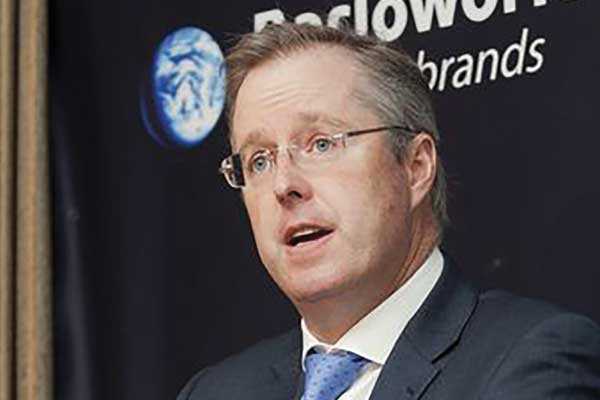Barloworld celebrates JSE milestone
Barloworld, which this week became only the ninth company to be listed on the JSE for 75 years or longer, believes that many opportunities still exist to grow the array of the various businesses in the group into new territories and adjacent markets.
Clive Thomson, the chief executive of Barloworld, said that the group was represented in 24 countries globally, but there were many opportunities for further geographical growth, particularly into east and west Africa and to expand its presence in Russia and Europe.
Thomson said there would also be opportunities to grow Barloworld’s businesses into adjacent markets, where it could leverage its core competencies and capabilities.The group’s operations are largely focused on equipment through its long-standing Caterpillar distributorship, automotive, logistics and handling.
Thomson was speaking exclusively to Business Report after a function to celebrate Barloworld 75th anniversary as a listed company on the JSE. Nicky Newton-King, the chief executive of the JSE, congratulated Barloworld on the anniversary of its listing in 1941.
Newton-King said this made Barloworld today one of only nine companies of the more than 400 JSE listed companies to be listed for 75 years or longer.Thomson said examples of opportunities for Barloworld to grow into adjacent markets included its Caterpillar power systems business.
He said they largely distributed diesel generator sets, but gas would be one of the big growth markets in the future, following the gas discoveries off the coast of Mozambique. “So we are evolving the business model there to make sure we position ourselves as leaders in gas engines,” he said.Thomson said that there was also an evolution away from fossil fuel into renewable energy and the company was looking at opportunities in micro grids and distributed generation, because “the big thing in power” was going to be moving off-grid.
He said this would also take advantage of partnership between Caterpillar and First Solar, the leading photovoltaic manufacturer in the world.Thomson said the group had piloted one of these systems at its facility in Isando in Johannesburg and the payback on the capital cost was now about five years compared to 10 to 12 years five years ago, which made it economically unfeasable.“We are looking at rolling that out, so it’s a shift or evolution of our business model from diesel generators into gas generators and micro grids incorporating a solar solution,” he said.
Thomson said technology would also play an important part in evolving the business model of the group’s Caterpillar business, with telematic devices, sensors and technology that was pre-installed on machines sending reams of data to a central location that allowed machines to be monitored that were 2 500km away.“You will be able to tell anything from whether the operator is speeding and therefore is a safety risk, whether the machine is being overloaded with earth at the bottom of a mine pit, whether the engine is overheating, the fuel consumption and whether there are any stress fractures on the truck body.
“That can lead to a work order and a technician being dispatched to the customer site with the right part before the customer even knows they have a problem,” he said.Thomson said Caterpillar today also had autonomous drills and autonomous mining trucks, where there would not be an operator in the cab, leading to major safety benefits.“All of these things can bring about radical efficiencies and customer productivity, machine availability and machine uptime. We are investing quite heavily in those types of technological solutions, which will significantly evolve our business model over time,” he said.
Business Report





